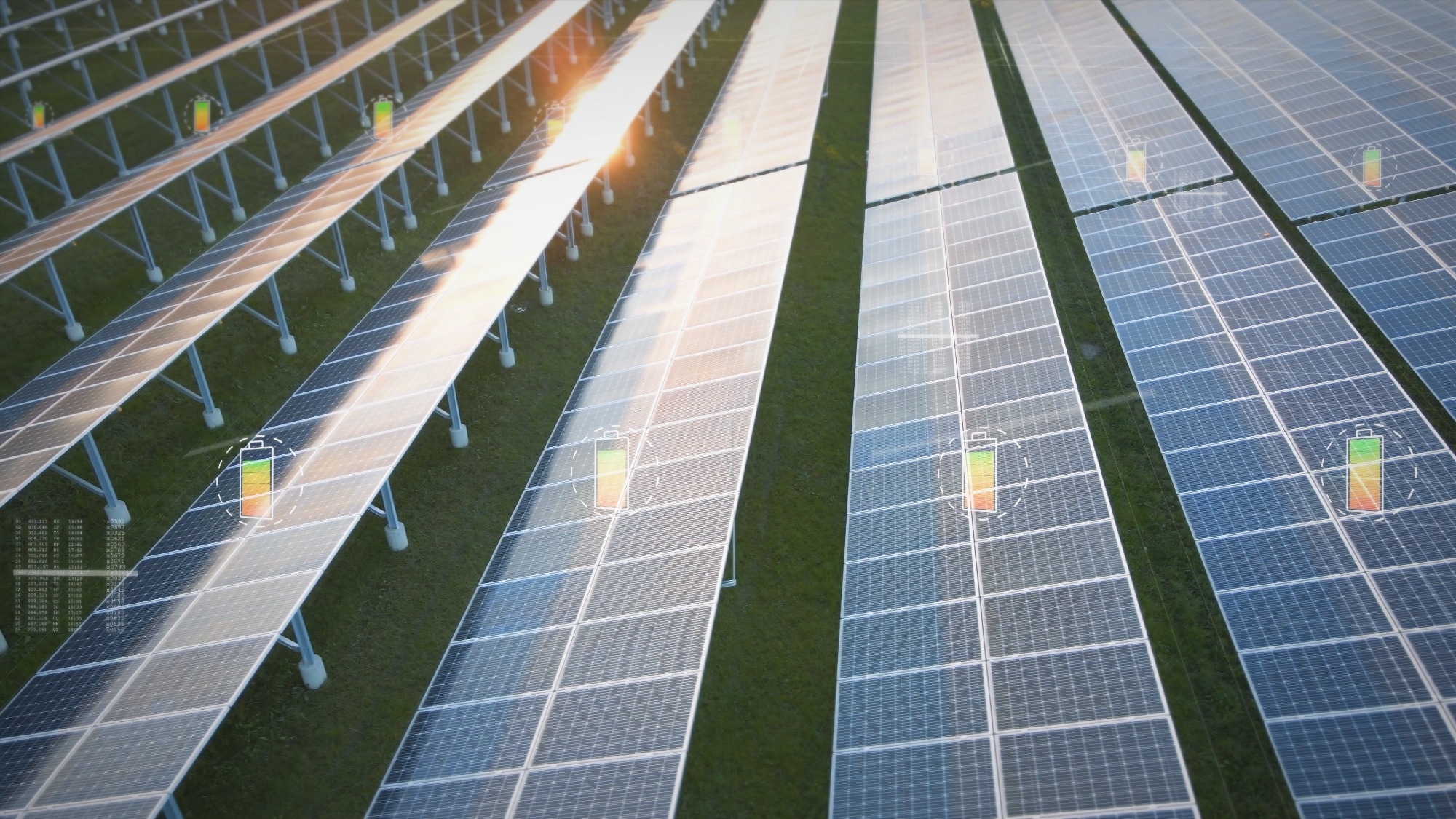In an article published in the journal Case Studies of Thermal Engineering, researchers investigated using feature selection-based artificial neural networks (ANN) to predict the optimal tilt angle (OTA) for photovoltaic (PV) systems to maximize solar energy capture. They identified key input variables and demonstrated significant accuracy improvement in predicting OTA. The Elman neural network (ELM) showed the highest improvement, enhancing prediction accuracy from 38.59% to 90.72%.
 Study: ANN Enhances Solar Panel Tilt Prediction. Image Credit: Crovik Media/Shutterstock.com
Study: ANN Enhances Solar Panel Tilt Prediction. Image Credit: Crovik Media/Shutterstock.com
Background
In developing nations like India, traditional energy sources such as crude oil, coal, and natural gas are predominant, yet rural areas often lack reliable electricity. Renewable energy (RE) resources, particularly solar energy, offer a viable solution. India, with its significant solar potential, aims to enhance its solar energy capacity to 500 GW by 2030. OTA of PV panels is critical for maximizing solar energy capture, yet traditional methods often fail to account for site-specific factors, leading to suboptimal performance.
Previous studies have explored OTA using genetic algorithms and ANN models, but gaps remain in accuracy and adaptability to dynamic conditions. This paper addressed these gaps by investigating feature selection techniques and various machine learning algorithms, including ELMs, to predict OTA. The study identified key input variables, enhancing prediction accuracy from 38.59% to 90.72%, thus significantly improving PV system efficiency in microgrids.
Optimizing Solar Panel Orientation
The methodology for the study involved several key steps. Data collection was done using the National Aeronautics and Space Administration (NASA) Power Data Access Viewer for 37 sites across India, capturing monthly averages of solar radiation (SR) to understand seasonal variations. The OTA for PV modules was determined by analyzing tilt angles from 0° to 90°, considering factors like declination angle, hour angle, and different types of radiation (beam, diffuse, reflected).
ANNs were employed for predictive modeling, featuring input, hidden, and output layers. The researchers used feature selection techniques like Pearson correlation and signal-to-noise ratio to enhance model accuracy. Six ANN training algorithms were explored, including Levenberg-Marquardt (LM), scaled conjugate gradient (SCG), Broyden-Fletcher-Goldfarb-Shanno (BFGS) Quasi-Newton, one-step secant (OSS), Polak-Ribiere conjugate gradient (PRCG), and ELM, each with distinct advantages and limitations.
Performance was assessed using mean squared error (MSE), regression (R), and mean absolute error (MAE). MSE measured the average squared differences between predicted and actual values, guiding model improvement. Regression quantified the relationship strength between predicted and actual outputs, with values close to one indicating strong correlations.
MAE provided the average absolute differences, less sensitive to outliers compared to MSE, offering insights into model robustness and accuracy. This comprehensive methodology aimed to optimize solar panel orientation and improve predictive models for solar energy harnessing.
Results and Interpretation of Findings
Predicting the OTA for solar panels maximized energy efficiency. Using MATLAB (2023b), the OTA for 37 locations in India was determined by adjusting the TA from 0° to 90° to find the angle with the highest SR. Feature selection techniques, including Pearson correlation and signal-to-noise ratio, were employed to enhance prediction accuracy using ANNs. Six ANN algorithms were tested with and without feature selection on data from 30 training sites. The results indicated that global and diffuse SR and the clearness index had strong negative correlations with OTA, while extra-terrestrial radiation had negligible impact.
The OTA was highest in January and December and lowest in May to July. This variation was due to the sun's path and elevation changes between winter and summer. ANN models with feature selection showed improved prediction accuracy. The MSE varied from 0.07 to 2.42 with relevant input variables, compared to a previous study's MSE of 3.20.
Regression plots showed close alignment between predicted and actual OTA values. The improvement in prediction accuracy was evaluated by MSE, with notable improvements using feature selection techniques. The study's accuracy depended on the quality of historical weather and SR data. ANN models were vulnerable to overfitting and required significant processing power, training time, and regular updates to maintain accuracy across different regions and conditions.
Conclusion
In conclusion, the study introduced a feature-selection-based ANN approach to predict the optimal tilt angle (OTA) for photovoltaic (PV) systems, enhancing solar energy capture. Key input variables were identified, significantly improving prediction accuracy from 38.59% to 90.72%, with the ELM showing the highest improvement.
The methodology involved data collection from 37 Indian sites, various feature selection techniques, and six ANN algorithms. The authors demonstrated that ANNs could effectively estimate OTA values for PV microgrids in India, optimizing energy production and efficiency. Future research will focus on incorporating additional factors and developing region-specific OTA models for various climatic conditions.
Journal reference:
- Yadav, A. K., Yadav, V., Kumar, A., Kumar, R., Lee, D., & Singh, T. (2024). Novel feature selection based ANN for optimal solar panels tilts angles prediction in micro grid. Case Studies in Thermal Engineering, 104853. DOI: 10.1016/j.csite.2024.104853, https://www.sciencedirect.com/science/article/pii/S2214157X24008840